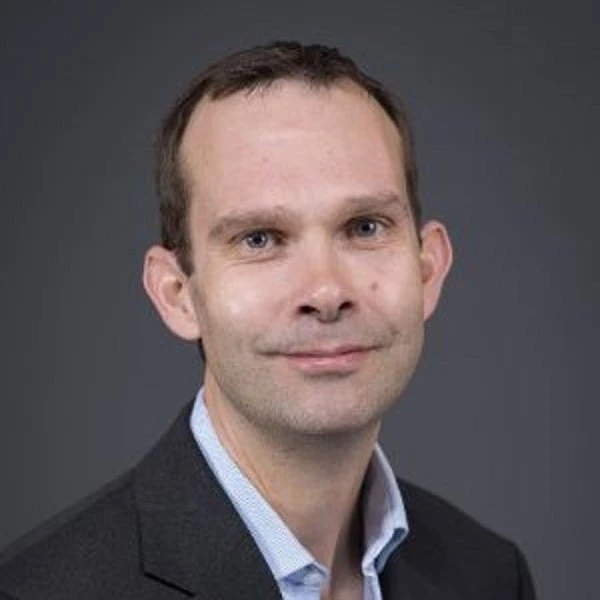 Discussion of business models targeting the poor as producers and consumers often centers on the same limited number of examples. Why are more initiatives not going to scale or getting noticed? In part, we may simply have unreasonable expectations. Market innovations from the Post It Note to bagless vacuum cleaners took years to come to market and win over consumers. If the normal R&D time frame is 7-10 years, why should we expect base of the pyramid models to deliver results in 6-12 months? Analysis, such as that of the BoP Protocol from the team at Cornell University, suggests adapting existing models is not enough. Total innovation is best to build new markets with the poor. That takes time.
Discussion of business models targeting the poor as producers and consumers often centers on the same limited number of examples. Why are more initiatives not going to scale or getting noticed? In part, we may simply have unreasonable expectations. Market innovations from the Post It Note to bagless vacuum cleaners took years to come to market and win over consumers. If the normal R&D time frame is 7-10 years, why should we expect base of the pyramid models to deliver results in 6-12 months? Analysis, such as that of the BoP Protocol from the team at Cornell University, suggests adapting existing models is not enough. Total innovation is best to build new markets with the poor. That takes time.
This R&D issue was raised repeatedly by faculty and participants during the new executive program Inclusive and Sustainable Business: Creating Markets with the Poor run by the World Bank Institute (WBI) in Washington last week. The course brought together mostly MNC and national firm management to dive deep into aligning the corporate and development agendas at the BoP. While recent surveys point to the lead of local firms in this area (see Ryan’s recent post), it was reassuring to see the interest and enthusiasm from multinationals to better understand this market. During the week a wide ranging of examples were discussed, including those involving the World Bank Group such as Lighting Africa. The latest edition of WBI’s Development Outreach magazine (pictured), launched during the courses, focuses on business and poverty and collects together 13 cases together with an overview developed with leading business schools.


Join the Conversation